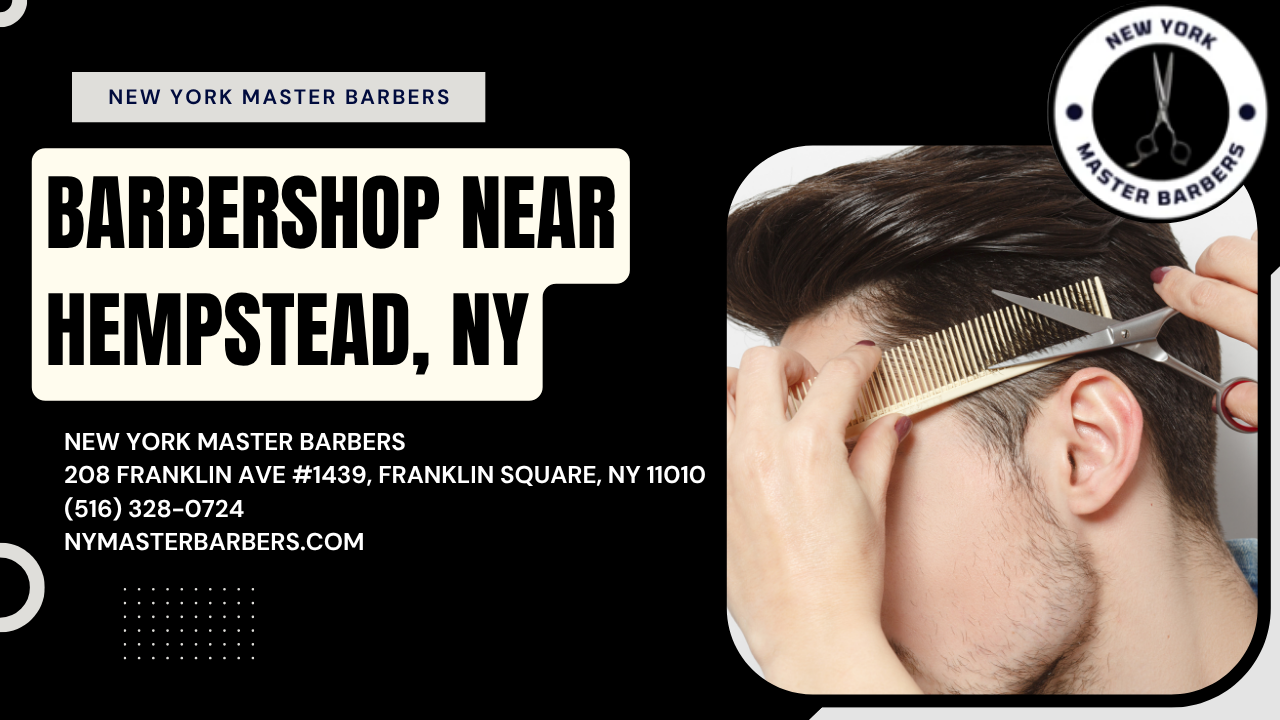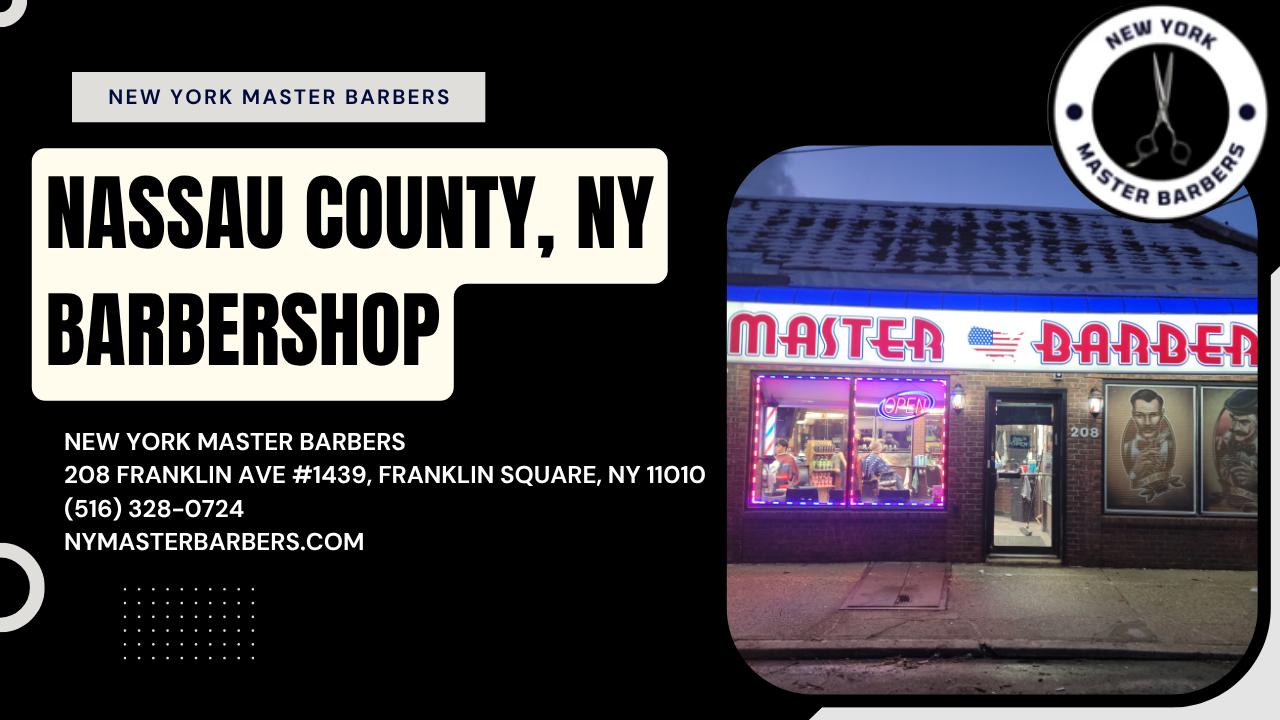Achieving a well-groomed beard that looks professional and polished involves more than just a quick trim. Using both clippers and scissors in your beard grooming routine gives you the precision, texture, and sharp lines needed to maintain a flawless look. Whether you're a beginner or looking to upgrade your DIY grooming skills, combining these tools allows for clean edging, detailed shaping, and an even trim that enhances any beard style—from full beards to goatees and mustaches. This guide will walk you through the benefits, tools, preparation, and step-by-step techniques needed to master trimming your beard with clippers and scissors.
What Are the Benefits of Using Both Clippers and Scissors for Beard Trimming?
Using both clipper and scissor techniques for beard trimming offers a balanced approach to maintaining facial hair. Clippers excel at providing fast, even https://rentry.co/8pcvsoic trims, perfect for managing overall beard length and creating fades or blends between different lengths. Their guide combs allow consistent cuts, saving time during grooming sessions.
Scissors, on the other hand, shine when it comes to precision trimming. They help manage longer or unruly hairs, refine edges, and add texture to avoid a flat, overly uniform cut. Scissors enable detailed shaping especially around sensitive areas like the mustache, goatee, neckline, and sideburns.
By combining both tools, you achieve clean lines, natural flow, and professional appearance—something clippers or scissors alone often can’t deliver. Clippers lay down the base with an even trim, while scissors finesse the shape and smooth out rough edges, creating a textured, well-defined beard that suits various styles whether short, long, or styled.
What Tools Do I Need for an Effective Clipper and Scissor Beard Trim?
Effective beard trimming requires the right set of grooming tools to ensure precision, comfort, and repeatable results:
- Quality electric clippers: Preferably with adjustable guide combs for various beard lengths and fading effects. Sharp barber scissors: Specifically designed for facial hair to allow clean, precise snips without pulling or splitting hairs. Beard comb and brush: Crucial for detangling and positioning hairs, which helps in spotting uneven growth and trimming accurately. Detail trimmer: Ideal for outlining cheek lines, neckline, mustache, and sideburns for sharp edges. Optional tools: A razor or electric razor can be used for ultra-crisp neckline and cheek line shaping.
Having these barber supplies ready enhances your grooming experience and mimics professional trims done in hair salons or barber shops.
How Should I Prepare My Beard Before Trimming with Clippers and Scissors?
Preparation is key to a smooth trimming process and better results:
- Wash your beard: Use a dedicated beard wash or gentle shampoo to remove dirt, oils, and product buildup. Clean hair cuts more evenly. Dry thoroughly: Make sure your beard is completely dry; wet hair appears longer and can lead to uneven cutting or tool clogging. Apply beard oil or balm: This softens the hair, making it easier to manage and reducing irritation from trimming. Comb and brush: Detangle and align all hairs evenly. This reveals stray or long hairs and helps maintain shape during cutting.

Proper grooming preparation ensures your clipper and scissor techniques are effective and result in a neat, textured beard.
What Is the Step-by-Step Process to Trim Your Beard Using Clippers First?
Starting with clippers sets a uniform base length and frames your beard’s overall shape:
- Choose the correct guard comb based on your desired beard length. Start longer if uncertain and work shorter gradually. Begin trimming from the sides, moving upward with smooth, controlled strokes to maintain an even trim. Create a fade by using shorter guards near the neckline and jawline, then gradually switch to longer guards on the cheeks for smooth blending. Regularly check symmetry and evenness in the mirror to avoid uneven patches or edges. For detailed outlining of the cheek and neckline, remove the guard to use the bare clipper blade carefully or switch to a trimmer.
This clipper-first approach controls the bulk of the beard length while setting clear boundaries for the next detailing phase.
How to Use Scissors Effectively After Clipping for Detailed Beard Shaping?
Scissors allow for targeted precision that clippers can’t always achieve:
- Comb small sections of your beard outward to isolate uneven or longer hairs that escaped clipping. Carefully trim those stray and split ends individually to maintain the beard’s natural texture without over-thinning. Soften harsh clipper edges by slightly rounding or texturizing to create a more natural flow. Focus on delicate areas such as the mustache and sideburns, trimming them for crisp lines and tidy appearance. Avoid excessive snipping to preserve beard fullness and density.
Using scissors after clippers ensures your beard has depth, dimension, and a finely shaped contour.
How Do I Shape and Define Neckline and Cheek Lines During a Beard Trim?
Sharp, clean lines frame the beard and enhance overall grooming:
- Identify your natural beard growth boundaries by feeling along the jawline and cheeks where hair density changes. Use clippers without a guard or a fine trimmer to carefully outline the neckline, following the jaw curve just above the Adam's apple. Shape the cheek line either straight or with a subtle natural curve for a clean transition from beard to skin. For extra crispness, use a razor or electric razor to clean up edges after clipping. Maintain these edges regularly to keep your beard looking groomed and prevent an unkempt appearance.
Well-defined neckline and cheek lines elevate even the simplest beard styles by adding structure and sharpness.
What Are Tips to Blend and Fade Beard Lengths Smoothly Using Clippers and Scissors?
Creating seamless transitions between different beard lengths requires technique:
- Use multiple clipper guard sizes starting from shortest near the neckline to longest on cheeks and chin. Blend two different guard lengths by trimming the transition zone carefully or using scissors to soften abrupt lines. Comb your beard regularly while blending to monitor progress and make adjustments. Avoid sharp contrasts in length to maintain a natural, textured appearance. Keep consistent hand pressure and follow hair growth direction for smooth results.
These fading and blending methods replicate professional barbering techniques, giving your beard a polished finish.
How Often Should I Trim My Beard Using Clippers and Scissors for Maintenance?
Regular maintenance keeps your beard fresh and avoids messiness:
- Short beards generally require trimming every 1-2 weeks to preserve shape and neatness. Longer beards benefit from trimming every 3-4 weeks, focusing on split ends and reshaping. Frequent minor trims prevent uneven growth and tangled or messy hair. Use scissors for quick touch-ups between regular clipper trims to manage wayward strands.
Developing a consistent trimming schedule tailored to your beard style ensures long-lasting grooming success.
What Grooming Products Complement a Beard Trimmed with Both Clipper and Scissor Techniques?
Supporting products enhance the health, texture, and styling of your trimmed beard:
- Beard oil: Hydrates, softens, and reduces itchiness, maintaining beard health post-trim. Beard balm: Provides hold and shapes the beard, perfect for taming flyaways after cutting. Beard wash/shampoo: Keeps your beard clean without stripping natural oils. Beard comb and brush: Style and maintain your beard’s trimmed shape daily. Styling tools: Help achieve the desired final look and keep your facial hair manageable.
Using quality grooming products complements your trimming efforts, resulting in a healthy, attractive beard.

How Can Beginners Avoid Common Mistakes When Trimming Beard with Clippers and Scissors?
Avoiding pitfalls improves confidence and results for self-trimming enthusiasts:
- Never trim your beard when it's too wet or too dry—hair length and behavior vary drastically in these states. Trim gradually; don’t remove too much length at once to avoid mistakes difficult to fix. Keep clipper blades clean and well-lubricated to ensure smooth, consistent cutting. Use scissors to correct minor errors or stray hairs instead of risking large fixes with clippers. Trim in good lighting and, if possible, use a magnifying mirror to see details clearly.
Following these tips helps beginners build skills and minimize uneven trims or messy beards.
Conclusion
Combining clipper and scissor techniques for beard trimming empowers you to maintain a well-groomed beard with precision and style. Clippers offer quick, even length management and fading, while scissors provide the finesse needed for detailed shaping and texture. Proper preparation, the right tools, and a mindful trimming approach help you achieve sharp lines, natural flow, and a professional finish reminiscent of barber shop results. Regular maintenance and complementary grooming products keep your beard healthy and stylish. Embrace this combined technique to upgrade your beard care routine and enjoy a polished, confident look every day.